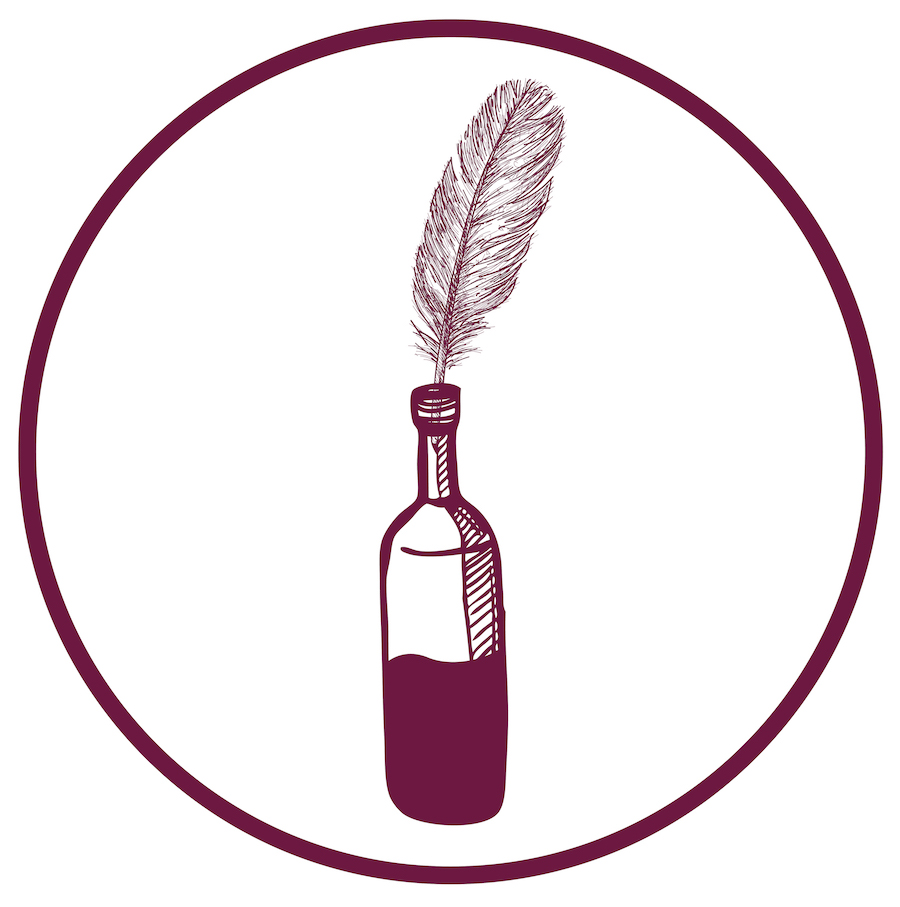The last four months of the year was an absolute whirlwind! Now that we can finally pick our heads up, we’d like to share what occurred and what we learned.
Harvest #1 – Portugal (September)
Our vineyard in Portugal is comprised of old vines. Very old vines. Some are more than 100 years old! The grapes are all red and include local varieties like Touriga Nacional, Touriga Francesca, Tinta Roriz and Granacha Tinta.
Given the age of the vines, we were pleasantly surprised with both the quantity and quality of the grapes at harvest.
We went the traditional route of making Port wine. Grapes were de-stemmed, then foot-treaded for hours while singing, laughing and drinking with our family, neighbors and friends.

This is how wine is made in the Douro — a party! After a few days of the grapes converting its sugar to alcohol, we arrested the fermentation at 4 Brix by blending the juice with traditional brandy (Aguardente).
We also learned about a fun Douro Valley tradition: Locals will make a barrel of Port when there is a newborn in the house, and on their 18th birthday, the son/daughter decides what to do with it. We’ll run with that.. Cheers to you little girl!
BTW – Quinta in Portugal is on Airbnb – ssage us before booking for a special subscriber discount.
Harvest #2 – Columbia River Gorge (October)
While 2021 brought a beautiful climate and ideal ripening, 2022 did not. In mid-October, Brix were only reading 19. For comparison, Brix were 22 in late September 2021! You typically want 22-23 Brix before picking Pinot Noir grapes.
Heavy rains and cold weather were fast approaching; we couldn’t wait any longer for ripening. So, we pivoted.
We decided to make Rosé of Pinot Noir, as Rosé typically benefits from higher acid and lower sugars. Our grapes looked great on the vines albeit lower ripening levels. However, we didn’t account for the birds, bees and bears.
That’s right–within days of picking, a bear barreled over one side of the fence of the LaRay vineyard in Underwood and ripped the bird netting off a swath of vines. This allowed birds access to the precious fruit which had already been nibbled on in previous weeks by the pesky yellow jackets.
We lost roughly 25% of our vines to this incident, but managed to still generate 30% more in yield as compared to 2021. This was due to a second year of beneficial viticulture management processes such as proper pruning, canopy management and organic compost additions.

On the winemaking side, we de-stemmed in order to get as much fruit aroma for the Rosé as possible. In contrast, our 2021 Pinot Noir vintage was 100% whole cluster.
We kept native fermentation the same, but fermented in steel vs. barrel to try to minimize the amount of oxygen contact with the wine. Rosé and white wines are much more sensitive to browning as a result of oxidation, as they don’t have the red skins which are themselves an antioxidant.
We’re excited to see how this Rosé develops. As of late December, the ferment was still going, which is unusually long for Rosé. But we find that letting ferments run their course result in more interesting wine than simply rushing them through. One thing is for sure: This will not be just a cheap porch pounder Rosé.
Bottling Madness
A month after harvest, it was time to bottle our Cassie Bella 2021 Pinot Noir. We had family in town to help — everything was going to be great. Until it wasn’t.
While bottling, we noticed that something was a bit odd with the corks–a few were very dry and some would crumble upon uncorking as if it was from a very old bottle of wine. While this didn’t jive with Jesse’s previous bottling experience at larger wineries, we shrugged it off thinking maybe the corks needed time to gel and/or they were just outliers.
Just to be sure, we sent a note to the cork company (who will not be named) and let them know of the peculiarities. In the meantime, we bottled our small lot of ten cases; we hugged, we cheered and we enjoyed the rest of the holidays.

And then the email came. There was a problem with the corks. Apparently this batch didn’t receive a necessary moisture treatment (which explains the crumbly nature upon uncorking). Jesse frantically called the company and spoke with the QA manager.
“You need to get those corks out immediately,” said the manager, “and you’ll likely experience extraction issues doing so”.
AAGH!
Thinking quickly, Jesse had the company overnight corks that were properly treated and began the extractions immediately. The process was tedious at best:
- Delicately and carefully pull 120 corks that have a high probability of snapping and/or crumbling.
- Pour the wine from each bottle back into the original vessel while ensuring there is no cork debris.
- Clean and sanitize every bottle (again).
- Let the wine settle in the vessel and adjust SO2 levels.
- Re-fill 120 bottles with gravity flow and re-cork using the properly treated closures.

It wasn’t pretty nor fun, but we did it. Perhaps the optimist would classify this ordeal as an exercise in racking, blending and micro-oxygenation. And hey, now we have a story to write about and are quite familiar with the Ah-So wine opener.
No one said winemaking was easy. And this kind of tense problem solving is part of the reason we love the trade so much.
We learned a valuable lesson: Double and triple check the corks are healthy before bottling. Otherwise, you’re gonna have a bad time. Luckily, no wine was lost in this exercise and now each bottle is sleeping soundly.





